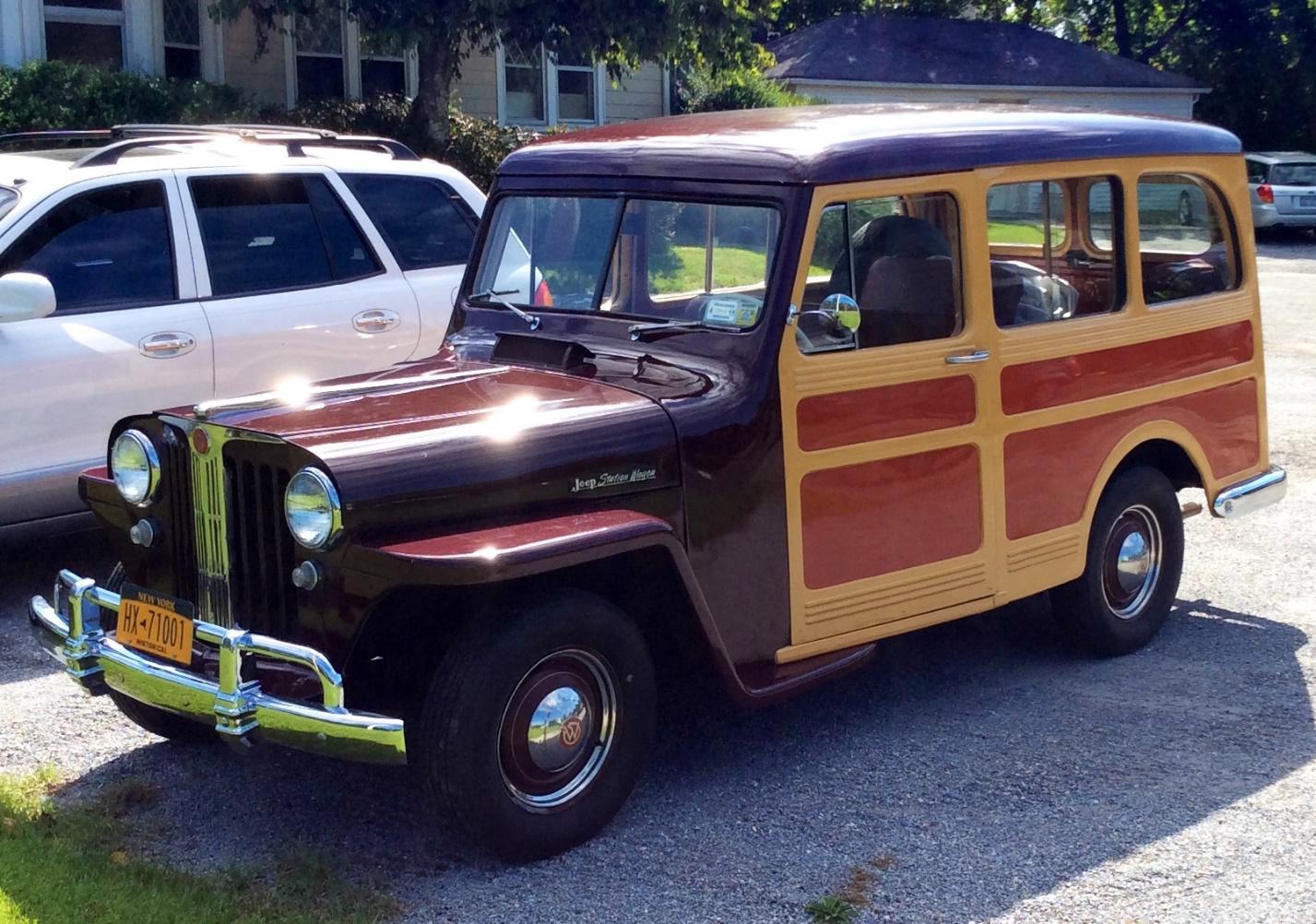In 1908, John North Willys purchased a portion of the Standard Wheel Company in Toledo, Ohio. In 1912, Willys renamed the company Willys-Overland Motor Company. The company struggled during its first two decades in business, including going bankrupt during the Great Depression. In 1936, the company, now known as Willys-Overland Motors, Inc., emerged from bankruptcy on a sound financial footing. During World War II, Willys-Overland Motors, Inc. became famous for its jeeps. In 1940, the United States Army asked more than 130 automobile companies to submit designs for a lightweight vehicle that was capable of traversing most types of terrain. Only two companies, Willys-Overland Motors, Inc. and the Bantam Car Company submitted designs. Bantam Car Company submitted its design first, and the U.S. Army chose this design.
Fortunately for Willys-Overland, the Bantam Car Company faced difficult financial times, and its production facilities were too small to meet the Army's demand. The federal government supplied both the Willys-Overland and the Ford Motor Company with blueprints of Bantam's design. Both Ford and Willys-Overland modified the design but Willy's proved to be superior. Ultimately the U.S. Army awarded the government contract to the company. Willys-Overland manufactured roughly 330,000 of the 700,000 jeeps used by the U.S. military between 1941 and 1945.
Willys-Overland remained in operation following World War II. The company produced a jeep, similar to the one used by the armed forces during World War II, for the civilian population. The firm also manufactured other vehicles — the Willys Jeep Wagon in 1946, the Willys Jeep Truck in 1947, and the Willys Jeepster in 1948, all of which were based on the company's original jeep. Due to Willys-Overland Motors, Inc.'s large number of sales, Kaiser purchased the company in 1953, renaming the firm Willys Motor Company. The company eventually had production facilities in Brazil, Japan, India, Argentina, and Israel. In 1963, Willys Motor Company became known as Kaiser-Jeep Corporation. In 1965, this new firm ceased production of the various Willys vehicles.
Click here to see if you qualify for the 1948 Willys 6-63
Call us at 1-800-USA-1965, or fill out our online application form.
